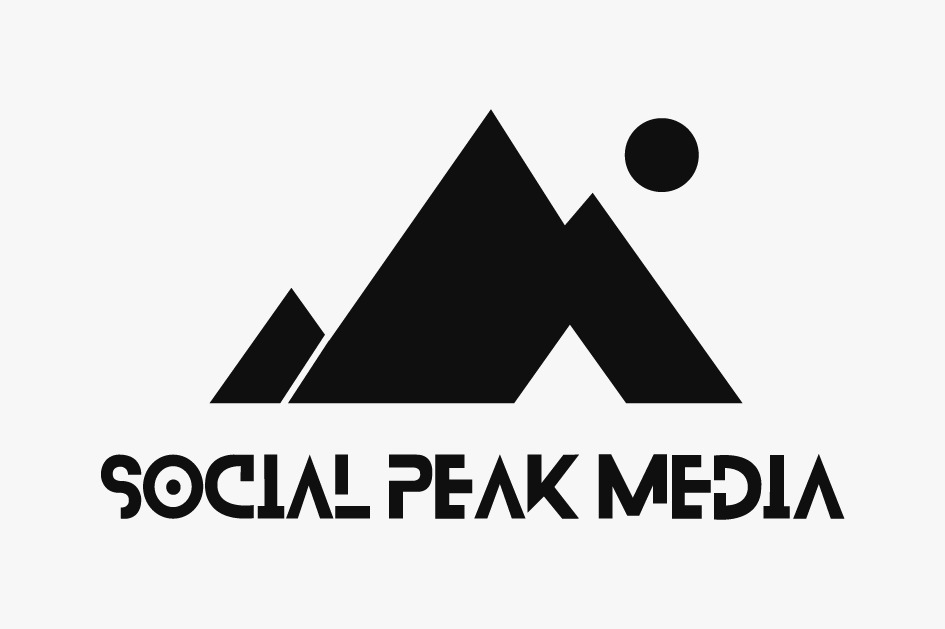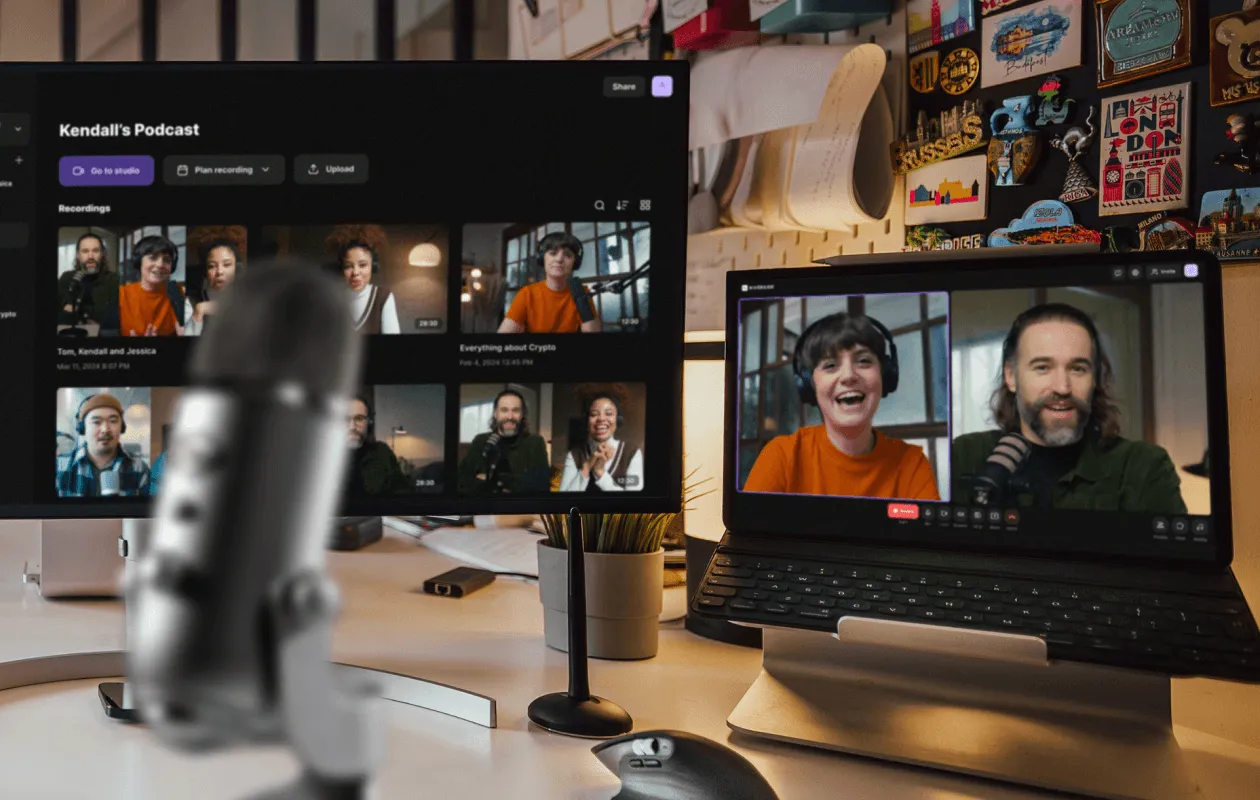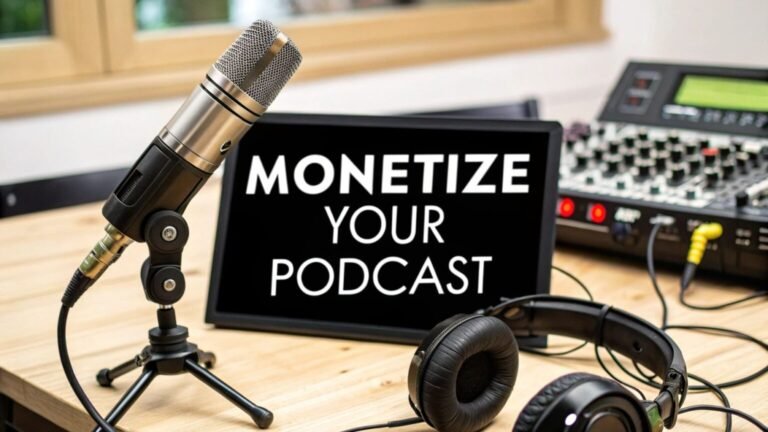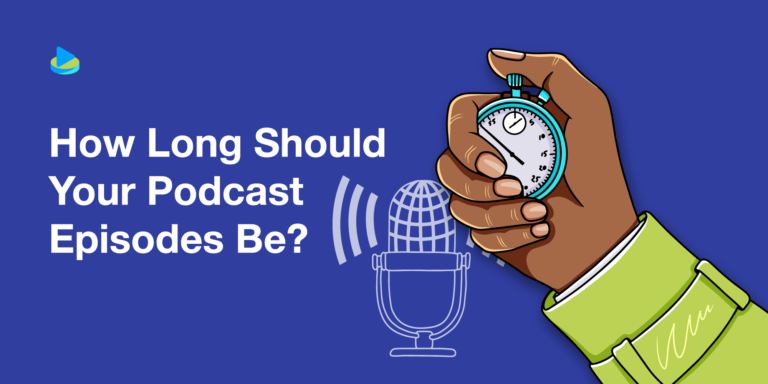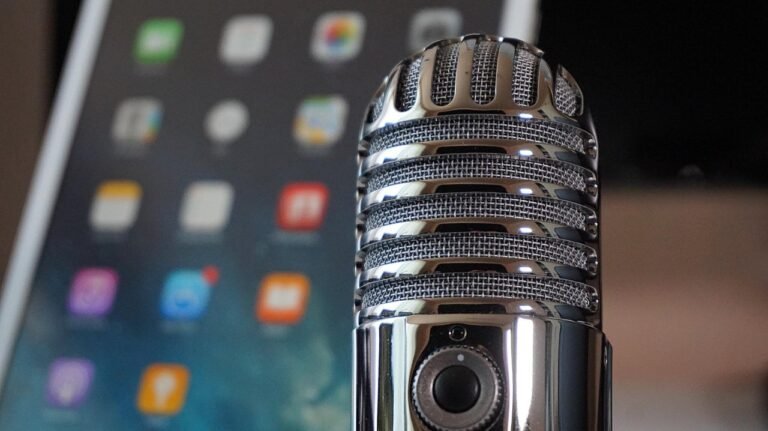How to Record a Podcast Remotely (Step-by-Step Guide)
In today’s digital world, remote podcast recording has become the norm. Whether you’re interviewing guests from around the globe or recording with co-hosts in different cities, knowing how to capture high-quality audio remotely is essential. In this guide, we’ll walk you through how to record a podcast remotely, step by step.
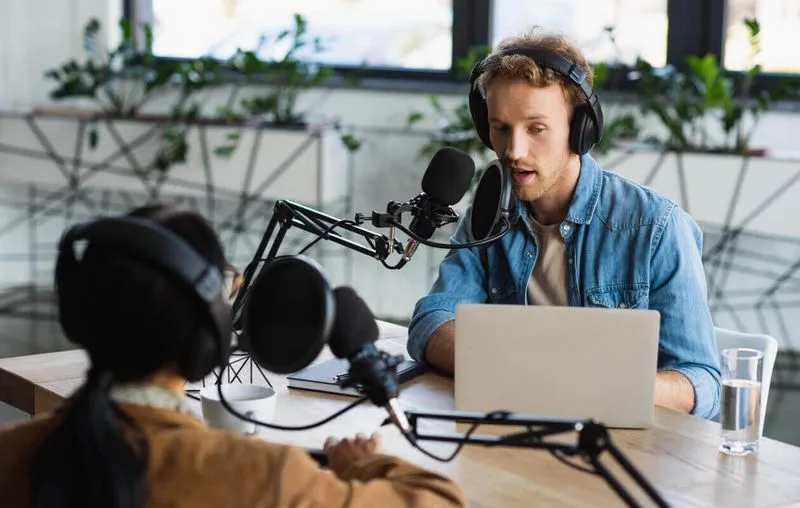
Why Record a Podcast Remotely?
Access to a Global Guest Pool
You can invite guests from anywhere in the world without needing to be in the same room.
Flexibility and Convenience
You and your co-hosts can record from different locations at your convenience.
Cost-Effective
No need to rent studio space or invest in travel.
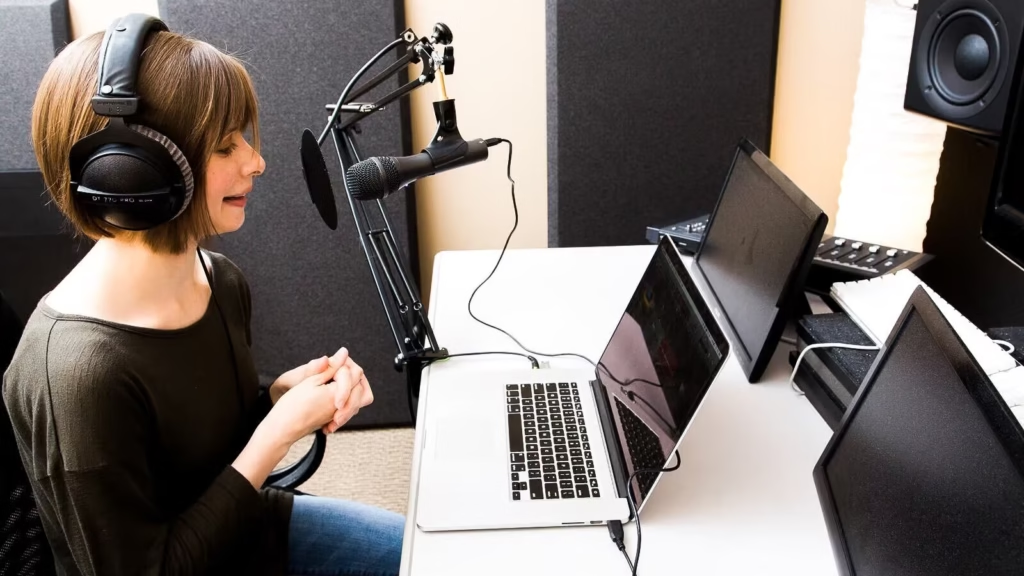
Step 1 – Choose the Right Remote Recording Software
Some of the best remote recording platforms include:
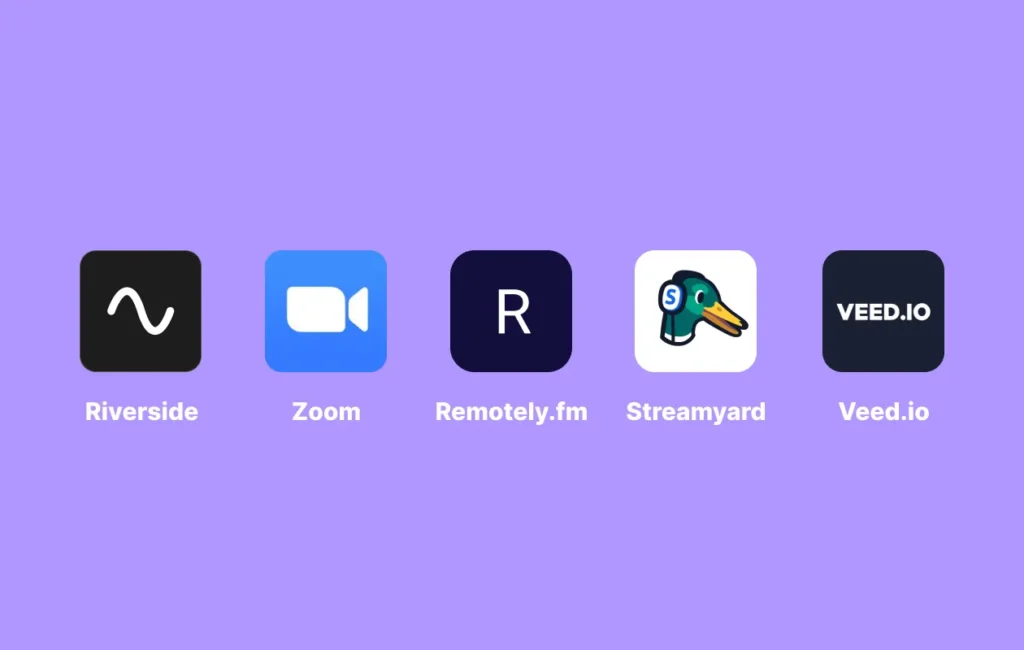
Riverside.fm
• High-quality local audio/video recording
• Separate audio/video tracks per participant
Zencastr
• Browser-based
• Multi-track recording
• Lossless audio quality
SquadCast
• Professional-grade audio and video recording
• Easy guest access
Cleanfeed
• Great for high-quality, real-time audio
• Browser-based, no software installation required
Zoom or Skype (Backup Options)
• Widely used but lower audio quality
• Good for quick, casual interviews
Step 2 – Prepare Your Recording Environment
For You and Your Guests
• Choose a quiet room with minimal background noise
• Use headphones to avoid echo and feedback
• Use external microphones if possible
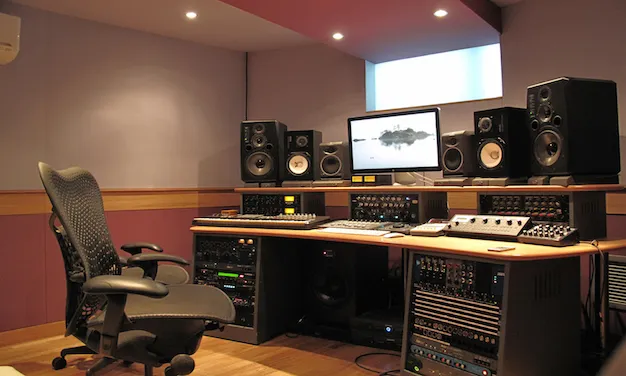
Step 3 – Check Your Equipment
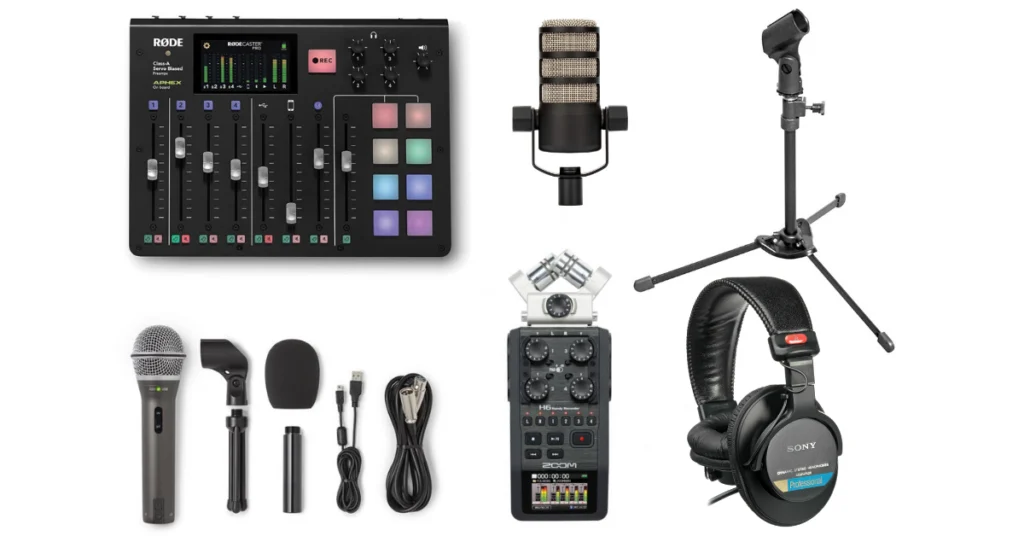
Essential Equipment
• Dynamic or condenser microphone
• Pop filter
• Headphones
• Stable internet connection
Optional Accessories
• Audio interface (for XLR mics)
• Webcam (if recording video)
Step 4 – Test Your Setup
Before recording:
• Conduct a soundcheck with your guest(s)
• Check internet connection stability
• Test microphone levels and clarity
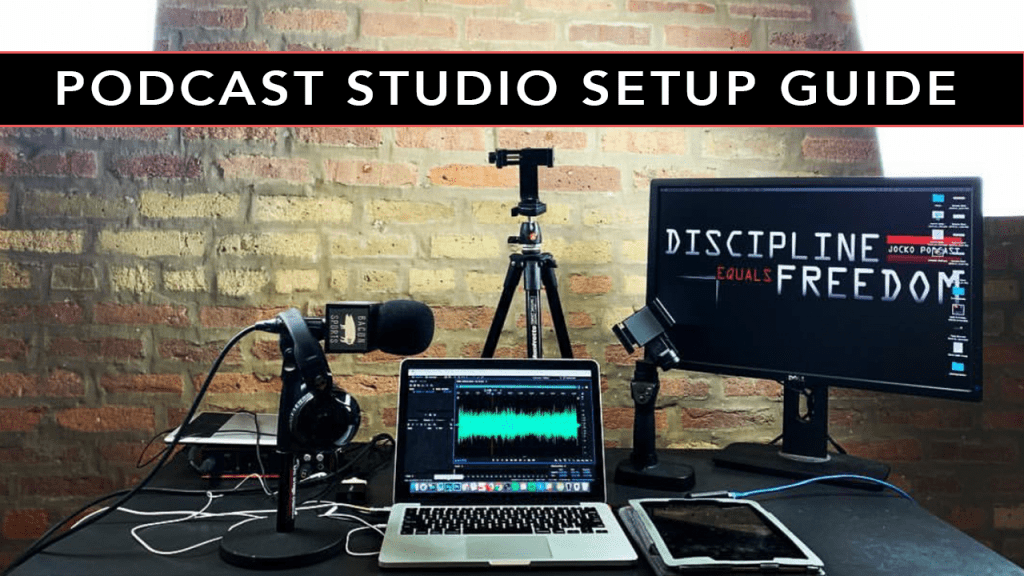
Step 5 – Record Your Episode
Best Practices
• Follow a pre-planned script or outline
• Communicate clearly with guests
• Record separate tracks if possible (better for editing)
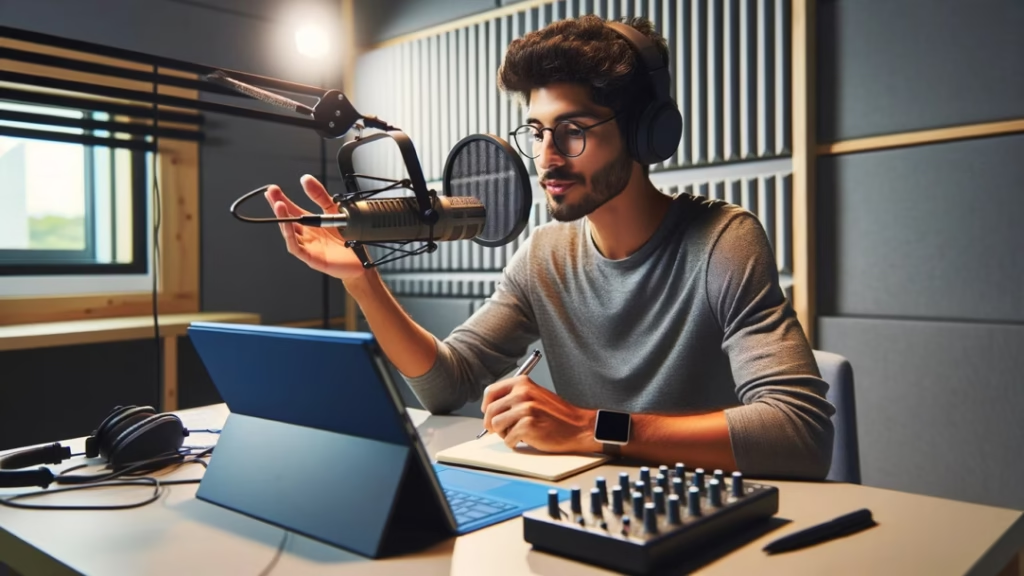
Step 6 – Edit Your Episode
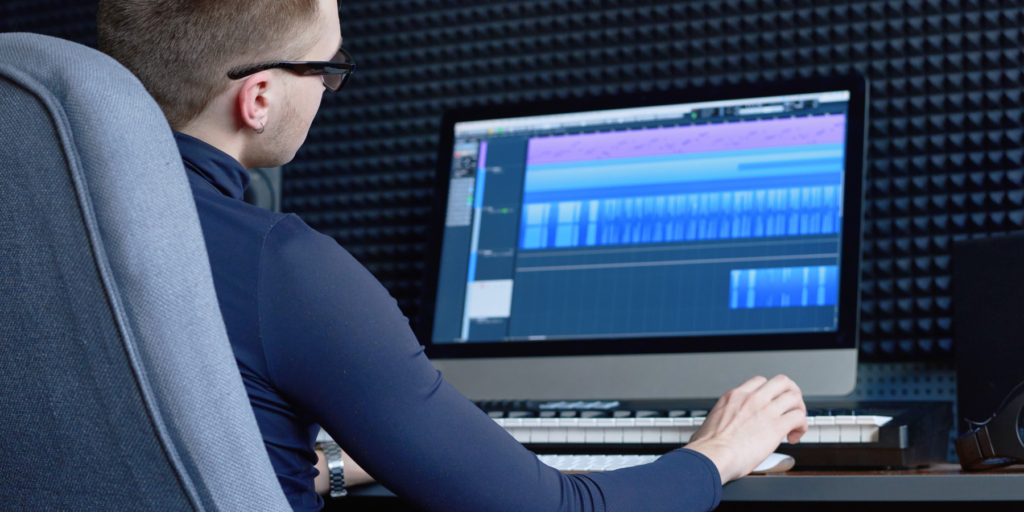
Once recording is complete:
• Remove background noise and technical glitches
• Normalize audio levels
• Add intros, outros, and sound effects as needed
Editing tools include:
• Adobe Audition
• Audacity
• GarageBand
Common Remote Recording Mistakes to Avoid
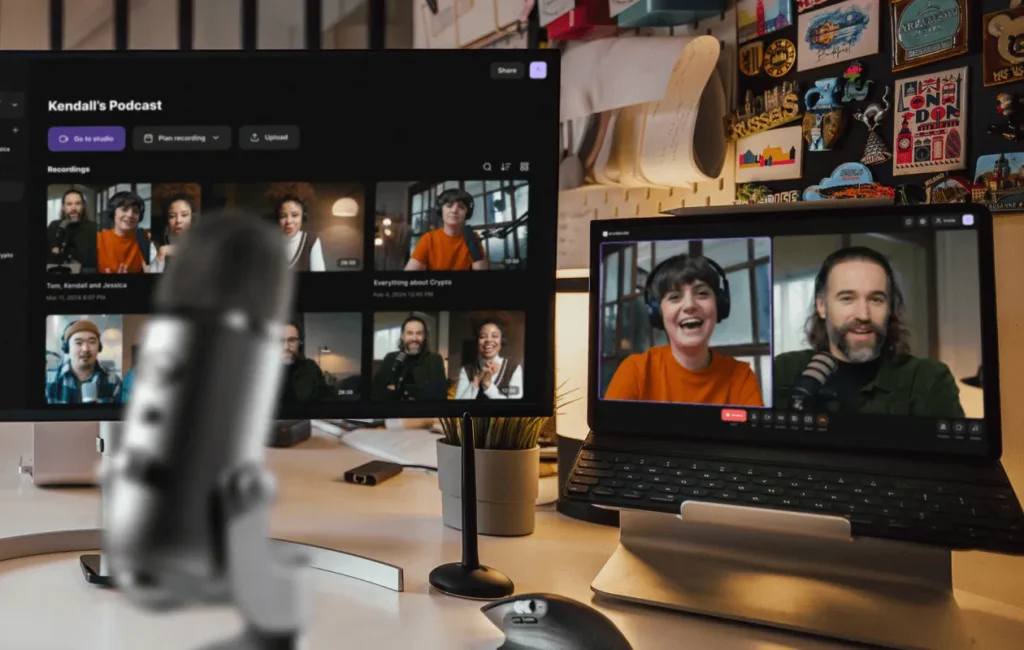
Riverside
Relying Solely on Internet Audio
Always use software that records locally to avoid dropouts and poor quality.
Skipping Equipment Checks
Poor mic technique and low-quality gear can ruin your audio.
Ignoring Backup Options
Always have a backup recording in case something goes wrong.
Ready to Record Remotely Like a Pro?
Recording a podcast remotely is easier than ever with the right tools and preparation. By following these steps, you can deliver professional, high-quality episodes from anywhere in the world.
At Social Peak Media, we offer complete podcast production services—including remote recording support. Contact us today to make your remote podcast sound professional.
Disclosure: Our blog contains affiliate links to products. We may receive a commission for purchases made through these links. However, this does not impact our reviews and comparisons. We try our best to keep things fair and balanced, in order to help you make the best choice for you.
